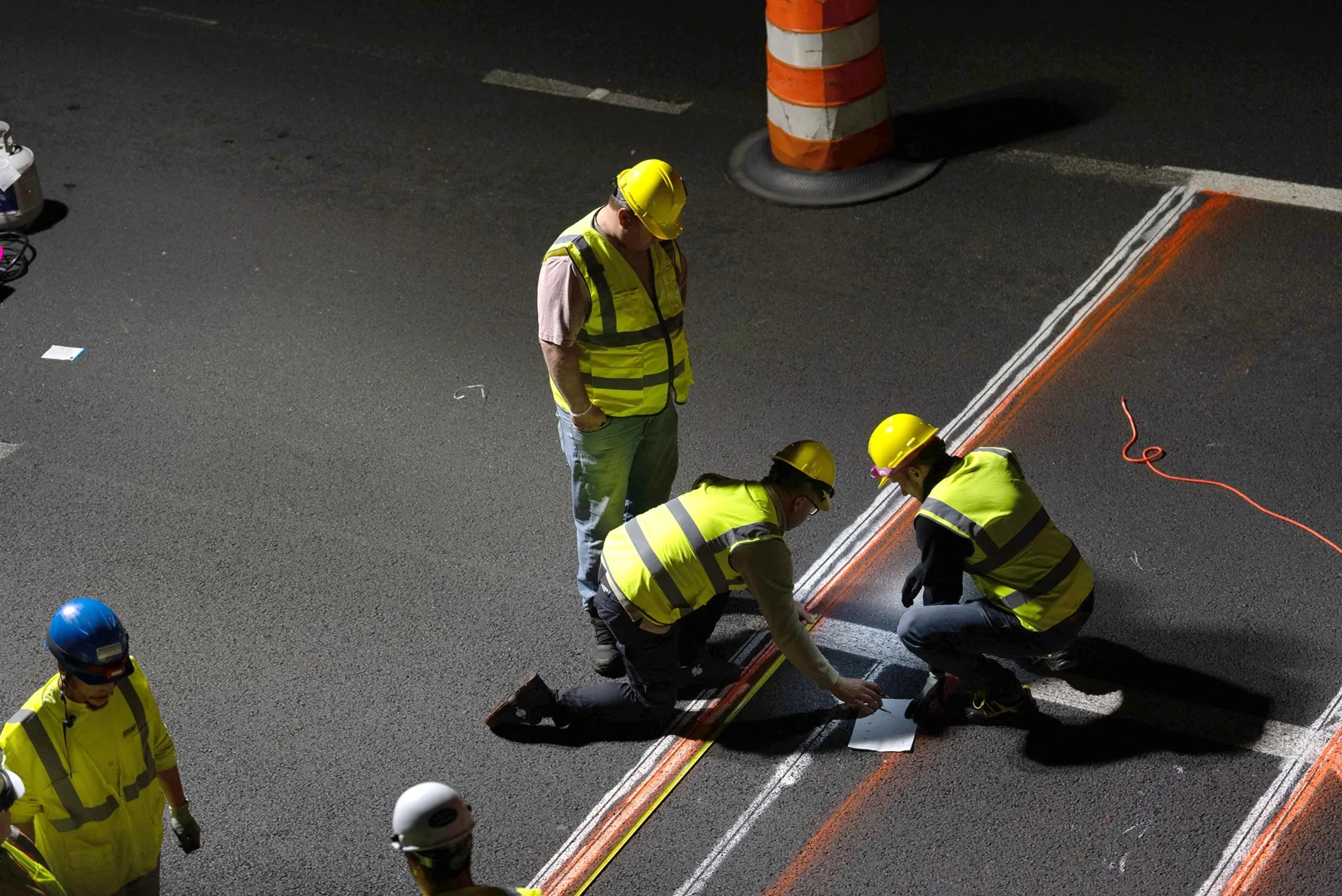SENSKIN, a 42-month European Horizon 2020 project to develop a sensor for monitoring-based maintenance of the transport infrastructure implemented by 13 partners from seven countries has reported on its first 18 months of work. During this time, the partners derived user requirements and, based on these, designed the prototype of the skin-like sensors and the data acquisition unit. They also provided proof of concept of the communication system and are finishing the prototypes of the communication, structur
February 3, 2017
Read time: 2 mins
SENSKIN, a 42-month European Horizon 2020 project to develop a sensor for monitoring-based maintenance of the transport infrastructure implemented by 13 partners from seven countries has reported on its first 18 months of work. During this time, the partners derived user requirements and, based on these, designed the prototype of the skin-like sensors and the data acquisition unit. They also provided proof of concept of the communication system and are finishing the prototypes of the communication, structural and rehabilitation modules.
A main objective of the project is the development of a skin-like sensor that offers spatial sensing and can monitor large strains. Emerging delay tolerant network technology is applied, so that the measurements of the sensors can be transmitted to the control centre even under difficult conditions, such as an earthquake, where some communication networks are inoperable.
The sensors show a linear output in a range of strains between zero to 20 per cent, while they can monitor both strains and crack openings, replacing both strain gauges and crack metres. In addition, the sensor requires little power to operate, is capable of being installed on an irregular surface, is less expensive than existing sensors and allows simple signal processing - including the ability to self-monitor and self-report.
Structural assessment is based on detailed finite element analyses of the monitored bridge that have been developed, while the selection of rehabilitation methods takes into account economic and environmental considerations.
The system will be field evaluated on the Bosporus 1 bridge in Istanbul with an average daily traffic of 200,000 vehicles and a bridge on the Greek Egnatia motorway that connects Europe to Asia.
A main objective of the project is the development of a skin-like sensor that offers spatial sensing and can monitor large strains. Emerging delay tolerant network technology is applied, so that the measurements of the sensors can be transmitted to the control centre even under difficult conditions, such as an earthquake, where some communication networks are inoperable.
The sensors show a linear output in a range of strains between zero to 20 per cent, while they can monitor both strains and crack openings, replacing both strain gauges and crack metres. In addition, the sensor requires little power to operate, is capable of being installed on an irregular surface, is less expensive than existing sensors and allows simple signal processing - including the ability to self-monitor and self-report.
Structural assessment is based on detailed finite element analyses of the monitored bridge that have been developed, while the selection of rehabilitation methods takes into account economic and environmental considerations.
The system will be field evaluated on the Bosporus 1 bridge in Istanbul with an average daily traffic of 200,000 vehicles and a bridge on the Greek Egnatia motorway that connects Europe to Asia.










